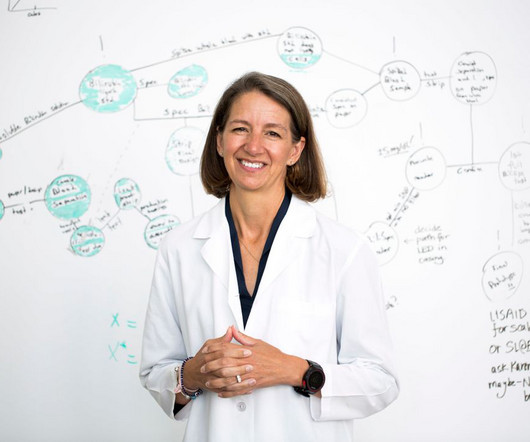BIOX commissions 90M gallon biodiesel production facility in Houston
Green Car Congress
FEBRUARY 17, 2017
BIOX Corporation announced that World Energy BIOX Biofuels LLC (WEBB), a 50/50 joint venture between World Energy and BIOX, has completed the commissioning of its 90-million US gallon (USG) (341 million liters) nameplate capacity biodiesel production facility in Houston, Texas. The facility started operating at full capacity in December 2016.















Let's personalize your content